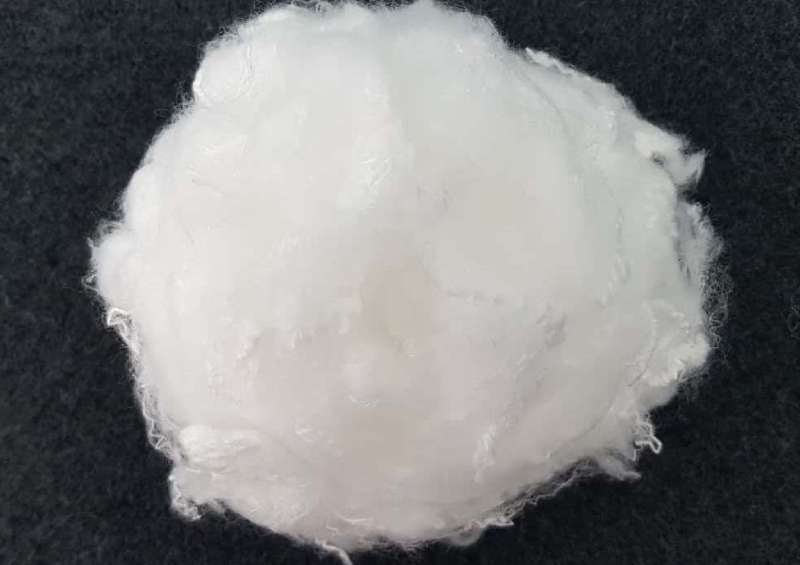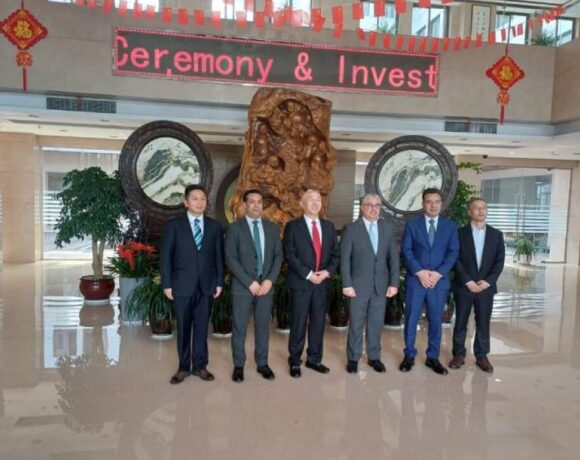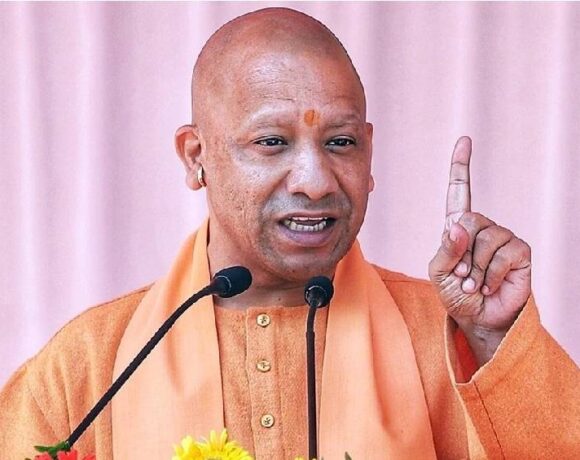NITI Aayog Will Examine Inverted Duty Structure On Textiles

NITI Aayog, a government think-tank will examine tax-related issues, including inverted duty structure in three sectors of textiles, leather and engineering.
“The issues will be taken up with higher authorities for finding a resolution and in turn promote growth of the sectors,” Economic Times quoted an official as saying.
The inverted duty structure refers to a situation where the tax rate imposed on raw materials is higher than the tax rate on the final output or outward supply for sale.
Typically, in a tax system, lower rates of tax are applied to inputs, such as raw materials, and higher rates are levied on the final product or output.
At present, the rate on manmade fibre, yarn and fabrics is 18 percent, 12 percent and 5 percent, respectively and the Indian textile industry has been demanding correction of this anomaly since long.
Addressing a post-budget meeting with industry and trade representatives in Mumbai in February, Finance minister Nirmala Sitharaman had said that correcting the inverted duty structure in the textiles value chain is essential to attract investment in the sector.
“The correction is required for the production-linked incentive scheme for the sector. Or else, investments are not going to come into certain areas,” she had added.














